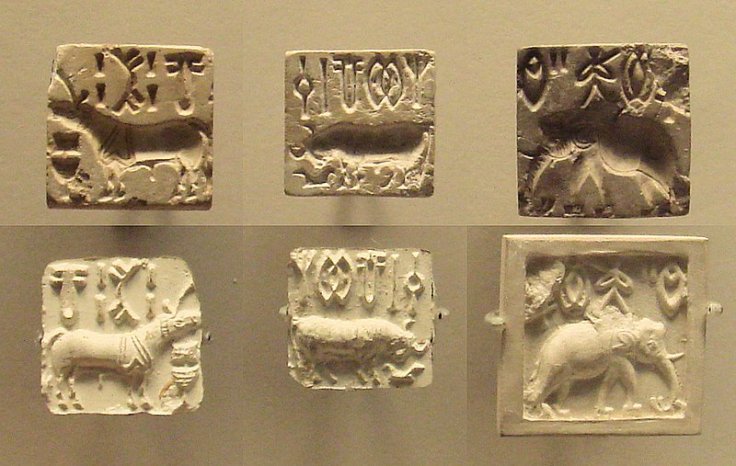The Indus Valley or the Harappan civilization was an ancient civilization located in present Pakistan and northwestern India and remains the earliest ever-known urbanized ancient culture that thrived between 2500–1700 BC on the Indian subcontinent.
It hosted the ancient cities of Mohenjo Daro and Harappa, the two iconic administrative cities of this civilization which included over 100 towns and villages. Over the years while some of the scholars tried to understand the sudden decline of this civilization, but decrypting the ancient Indus inscriptions remained a challenge for over a century. Recently an IT professional from India's West Bengal was able to successfully decipher the Indus script.
Ancient Indus script

The Indus script is the written format developed by the civilization based on symbols and the earliest known form of writing in the Indian subcontinent. The origin of the script is poorly understood and there is no agreement on the language it represents, as well as no evidence of bilingual texts, claimed by earlier studies.
In the Harappan excavations, researchers have discovered the earliest known examples of the Indus Script signs and thousands of these inscriptions are unearthed from some 60 excavation sites and most of them are short. The average length of these scripts is five signs and none of them is longer than 26 signs.
Decoding the Indus script

The Indian IT professional, Bahata Angshumali Mukhopadhyay has recently published her findings in a paper in a Nature group journal Palgrave Communications. In the study, she claimed that the most of the recovered Indus Valley inscriptions were written logographically using word signs and not with units of speech sounds called phonograms which can be compared to the structured messages observed on stamps, coupons, tokens and currency coins of modern times.
Bahata believes that only one specialty will not be enough to understand these scripts, as it requires various kinds of study process and she described her methods as 'an interdisciplinary manner of classifying symbols.' As per the researcher, her process of decoding the scripts will make the entire process simpler and easier.
Analyzing the ancient scripts
The Indian researcher told The Hindu that she used a digitized corpus of Indus inscriptions which had previously been compiled by the famous Indus script scholar, Iravatham Mahadevan. The research paper revealed that seals and tablets were used in an "administrative operation that controlled the commercial transactions prevalent in the trade-savvy settlements of the ancient Indus Valley Civilization." As per Bahata, these inscriptions could be the evidence of formulaic texts that encode a certain type of information in pre-defined ways.
In this case, the most popular hypothesis claimed that these seals could be bearing the names of the seal-owner. There are some scholars who assume that the Indus script is 'logo-syllabic' where one symbol can be used as a word sign at one time.
The research on Indus script
However, another team of Indian scientists published a paper in Science journal which claimed that the script had a structured sign system showing features of a formal language. The team also applied similar method like Bahata, using "mathematical and computational methods and tools" which showed that it contains well-defined signs, which start and end texts, along with strong correlations in the order in which the signs appear.
In Bahata's study, she claimed that the most valuable contribution of this study is that these Indus signs will no longer be treated as phonograms. Here it should be mentioned that she already presented her second research paper which is currently under review and will be published later this year.









